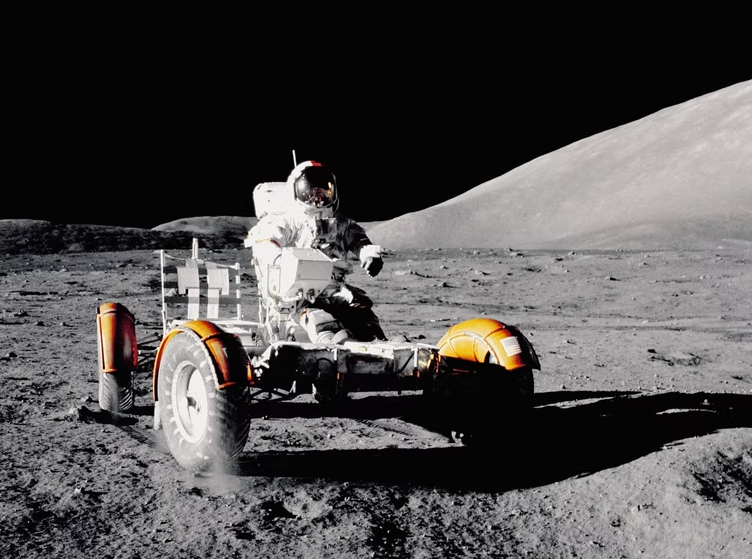
A new technique that allows astronauts in orbit to control rovers exploring the planetary surfaces has been discovered.
A research team introduced the said technique from ESA, the German Aerospace Center DLR, and European academia and industry, culminating in a rover session commanded from the International Space Station or ISS.
The research team published their detailed paper in the Science Robots journal.
New Technique Lets Astronauts Control Rovers
This is the first time that the astronaut in space can control a robotic system on the ground in an immersive, intuitive manner, according to Aaron Pereira of DLR.
Pereira said that their six-degree of freedom control interface incorporates force feedback so that the astronaut can experience what the rover feels, even down to the cohesion of the rocks that it touches in space and its weight.
Pereira added that this helps compensate for bandwidth limitations, poor lighting, or signal delay to give a sense of immersion. This means that the astronaut feels like they are at the scene.
The Robots Take the Strain
Thomas Krueger, a robotics engineer and head of ESA's Human Robot Interaction Laboratory, said that robots could be given limited autonomy in known and structured environments, but for systems carrying out the exploratory tasks like sample collection in unknown and unstructured environments like a human-in-the-loop oversight becomes essential.
However, the direct control has not been feasible due to the inherent problem of signal delay, with transmission times, constrained by the speed of light.
Krueger said that they have been working towards the concept of humans staying safely and comfortably in orbit around Mars, the Moon, and other planetary bodies, but being close enough for direct oversight for rovers on the surface, together human flexibility and improvisation with a robust robot on the spot, can help carry out the commands precisely.
A research team from ESA's HRI Lab and DLR's Robotics and Mechatronics Center collaborated on a series of complex tests, first on Earth and then into the space's orbit, according to Phys.org.
Krueger added that in the end, they needed to perform feasibility experiments from space because the previous research shows that weightlessness can degrade human performance during force and motion tasks.
This and the other environmental factors meant that the Earth-based simulations would not be enough.
Their efforts were gathered in the first part of the Analog-1 experiment in 2019. Astronaut Luca Parmitano aboard the ISS operated the ESA Interact rover in a mock lunar environment inside a hangar in Valkenburg, the Netherlands, to survey rocks and collect some samples.
The two-hour space-to-ground test was a massive success, overcoming a two-way signal delay averaging more than 0.8 seconds and a data packet loss rate of around 1%, according to Autoevolution.
Solving the Technique's Time Factor
Pereira explained that even though the ISS is in orbit 400km overhead, its signals are relayed to Earth through geostationary telecom satellites, then to Europe straight from Texas through a transatlantic cable.
The DLR team had to design a control algorithm that could function on a stable basis despite a time lag.
Since there is a delay in the force feedback received by the operator, they might move the robot further even after it has hit a space rock.
In 2016, an ESA astronaut was able to capture an amazing timelapse of lightning striking the Earth.
In early April, ESA announced its support for cultured meat studies to ensure meat supply for astronauts.
Related Article: ESA Testing New Device That Could Save Lives In Future Moon Missions
This article is owned by Tech Times
Written by Sophie Webster
ⓒ 2025 TECHTIMES.com All rights reserved. Do not reproduce without permission.




